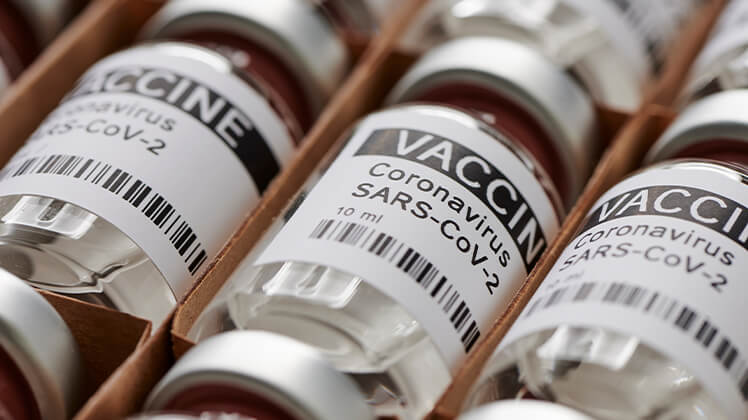Combatting Coronavirus (And Other Infectious Diseases)
Infectious disease outbreaks happen around the world on a regular basis. And with a mobile society that travels often, even diseases that are primarily confined to a specific area have the potential to appear anywhere. The most recent threat is the novel coronavirus that is rapidly spreading in China, which a traveler brought back to Washington State this week.
Accompanying that threat is often fear, fueled by both legitimate and questionable news sources that go viral and quickly spread online. As awareness of infectious disease rises in our world, so does the desire to prevent exposure and manage any occurrence in the workplace. When we consider other communicable diseases — like the flu — we know what to do and how to do it. So why is it that we suddenly become paralyzed by a new pandemic ailment? All too often, it’s a lack of knowledge.
When an outbreak happens, it’s important to communicate accurate information about the disease’s risks, measures being taken to mitigate them, and how your existing policies work with the current situation. Also, key is expressing your company’s concern for the well-being of your workforce.
Below are answers to a few questions our Live team has answered during previous infectious disease outbreaks. More appear in the FAQ How to Handle an Infectious Disease Outbreak, available to ThinkHR customers in the White Papers section of Comply.
Question: What are a company’s concerns, rights, and responsibilities if an employee travelled to an area where there has been an infectious disease outbreak and is now back at work?
Answer: Employers have a general duty to protect employees from recognized hazards in the workplace. The Occupational Safety and Health Administration (OSHA) requires employers to provide a place of employment that is “free from recognized hazards that are causing or are likely to cause death or serious physical harm.”
However, it’s rarely necessary to keep asymptomatic employees out of work following travel to an area affected by an infectious disease outbreak. For example, during the Ebola outbreak of 2014, the Centers for Disease Control and Prevention (CDC) instead recommended specific precautions and encouraged people to monitor their health for 21 days following potential exposure.
During an infectious disease outbreak, most employers likely do not need to take any specific actions. Unless the government outlines a different strategy, here are a few steps employers may take:
- Stay calm. Educate employees about how the disease is spread, symptoms, and best practices to avoid transmission.
- Encourage employees to self-report any potential symptoms (either for themselves or family members who have recently returned from one of the affected areas) and to request PTO or a leave of absence if symptoms develop.
- Establish an emergency preparedness plan that includes reporting procedures, communication plans, and medical options.
The CDC website generally recommends specific precautions for people traveling to an area affected by a current infectious disease outbreak and encourages people to monitor their health following potential exposure. If you remain concerned about potential exposure and liability, we recommend consulting legal counsel for definitive guidance and risk assessment.
Question: With the latest infectious disease scare, what should we make sure we include in a policy to minimize health risks from employees coming into the office while sick?
Answer: It is a good idea as an organization to implement appropriate safety measures for employees, including having policies and procedures in place that are designed to minimize potential issues caused by exposure to illnesses in the workplace.
Your policy related to employee illness can be simple or contain a detailed plan specifying certain procedures for different types of illnesses. Most employer policies contain:
- A statement that employees should not come to work if they have been diagnosed with a contagious disease so as not to infect others in the office;
- Procedures for notifying appropriate personnel of the absence;
- An outline of the process (if applicable) to work remotely if authorized by the employee’s physician; and
- Procedures for notifying appropriate personnel and medical certifications required for the return to work.
As with any new employer policy, review it with legal counsel for compliance with relevant statutes in your industry and state prior to implementation.


